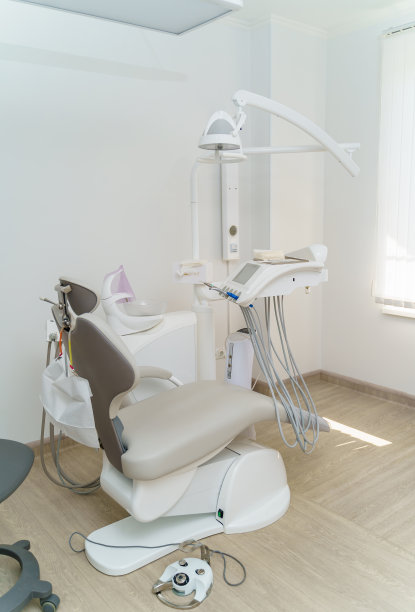Essential Tips and Precautions You Should Know Before Getting a Dental Filling for Optimal Oral Health
Summary: Getting a dental filling is often a necessary step in maintaining optimal oral health after experiencing tooth decay or damage. This article provides essential tips and precautions to consider before undergoing the procedure. Emphasizing preparation, aftercare, potential risks, and the importance of choosing the right materials, this guide offers valuable insights for individuals seeking effective dental care. By following the recommendations outlined, patients can not only ensure a smoother filling process but also enhance their overall oral health post-treatment. Armed with this knowledge, patients will feel more confident and informed as they navigate their dental care journey.
1. Importance of Pre-Procedure Preparation

Before getting a dental filling, thorough pre-procedure preparation is essential for a positive experience. First and foremost, it is crucial to communicate effectively with your dentist. Discuss any previous dental issues, allergies, or medications you are currently taking. This information aids the dentist in determining the best course of action for your filling.
Additionally, considering whether you should have someone accompany you to the appointment can be beneficial. Depending on the anesthesia used, you may feel groggy afterward, making it necessary to have a trusted friend or family member available to help you get home safely.
Finally, ensure that you maintain a healthy breakfast before the procedure but avoid any food close to your appointment time if advised by your dentist. Proper nourishment can help you appreciate your dental visit and recover swiftly.
2. Understanding a Dental Filling Procedure
Understanding the dental filling procedure is critical for reducing anxiety and ensuring patient cooperation. Generally, the process starts with a local anesthetic to numb the affected area. This step is vital as it ensures that the patient feels minimal discomfort during the filling.
Following this, the dentist will carefully remove the decayed material from the tooth. Its during this phase you might hear various dental tools, which may sound intimidating. However, these instruments are designed specifically for precision and efficiency to save as much healthy tooth structure as possible.
After the decay is removed, the dentist will clean the cavity thoroughly to minimize the risk of infection. The selected filling material—composite resin, amalgam, or another type—will then be applied and shaped to fit the natural contours of your tooth.
3. Essential Aftercare Following the Filling
Following your dental filling, proper aftercare is crucial for a successful recovery. Dentists typically recommend avoiding solid foods for at least a few hours post-procedure, especially if you received local anesthesia. This precaution can prevent accidental bites to numb cheeks or tongues, which may result in injuries.
In addition to dietary restrictions, it’s advisable to practice good oral hygiene. Gently brush your teeth and floss while avoiding the treated area until its fully healed. After a day or so, you can return to your normal dental hygiene routine.
Regular follow-ups with your dentist are also pivotal to ensure the filling is still intact and your overall dental health is maintained. Addressing any lingering discomfort promptly can prevent larger issues from developing down the line.
4. Choosing the Right Filling Material
Choosing the right filling material can greatly impact the longevity and aesthetics of your dental treatment. Its essential to discuss the options available with your dentist, who can recommend materials based on your specific needs and lifestyle. Common choices include amalgam, which is durable and cost-effective, and composite resin, which matches the color of natural teeth.
Another factor to consider is the longevity of various filling materials. While amalgam fillings can last up to 15 years, composite fillings usually have a lifespan of 5 to 10 years, depending on factors like wear and tear. Therefore, understanding your expectations regarding durability and appearance can facilitate making an informed choice.
Ultimately, the decision should be a collaborative effort between you and your dentist. They can provide insights into how each material behaves and its suitability for your specific dental condition, ensuring that your ultimate choice contributes to your optimal oral health.
Summary:
In conclusion, preparing for a dental filling procedure involves careful consideration of several aspects, such as communication with your dentist, understanding the procedure, and ensuring proper aftercare. Knowing your options for filling materials can also optimize results. Taking these essential tips and precautions into account will not only contribute to a more comfortable experience but also promote better oral health overall.
This article is compiled by Vickong Dental and the content is for reference only.



